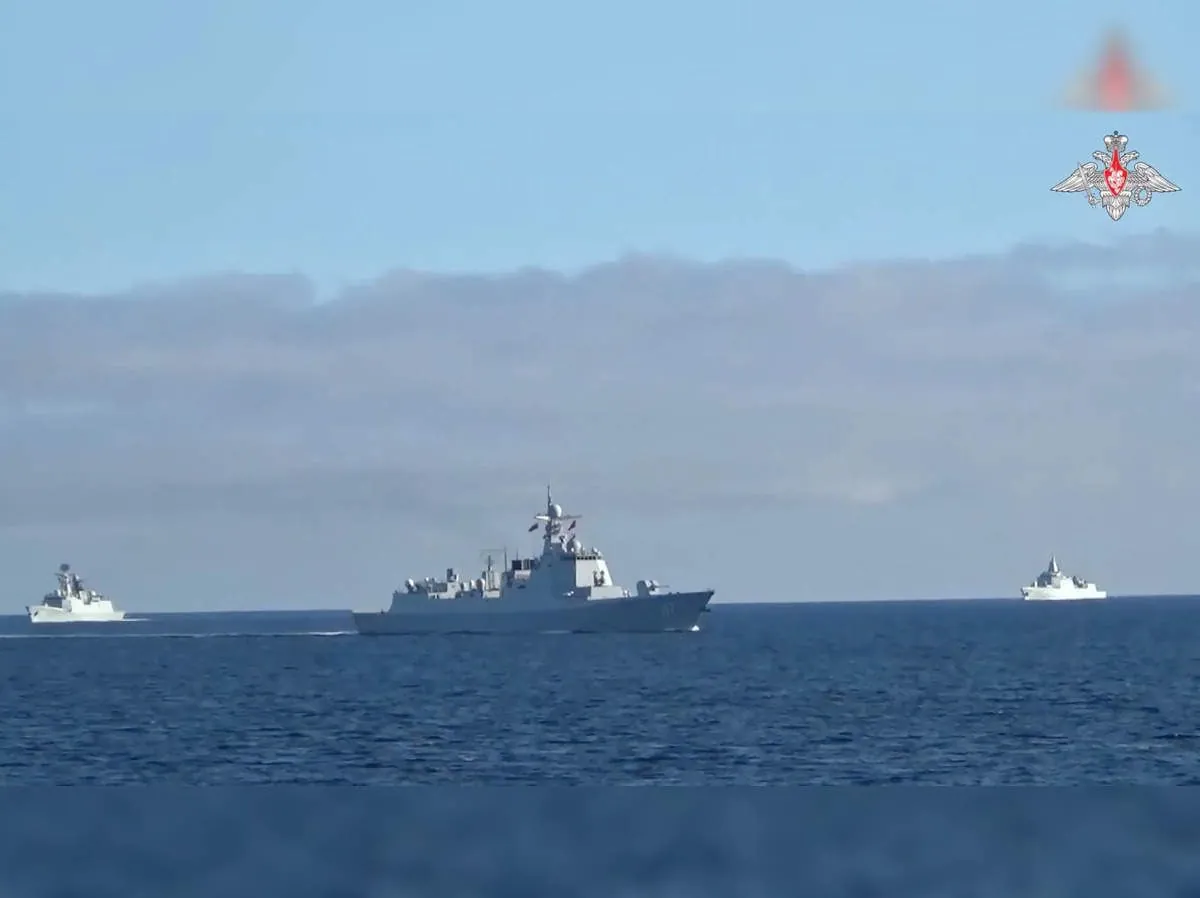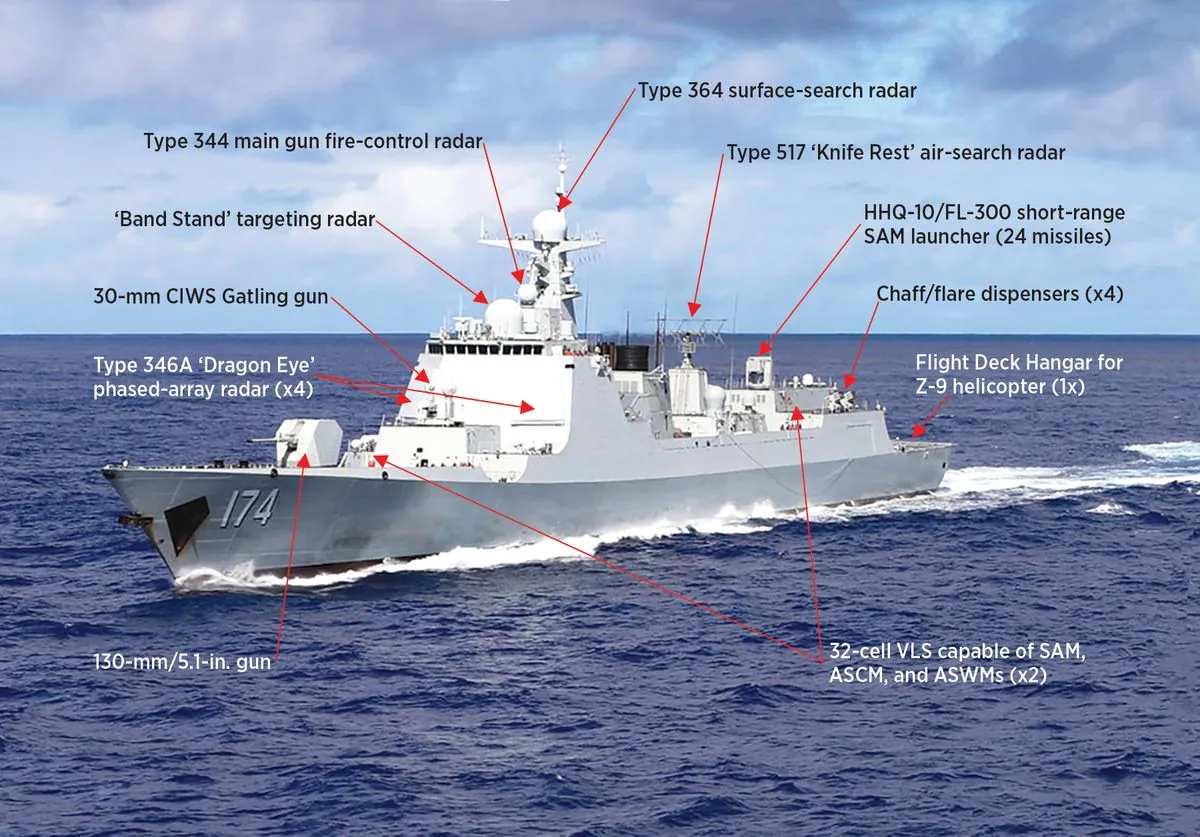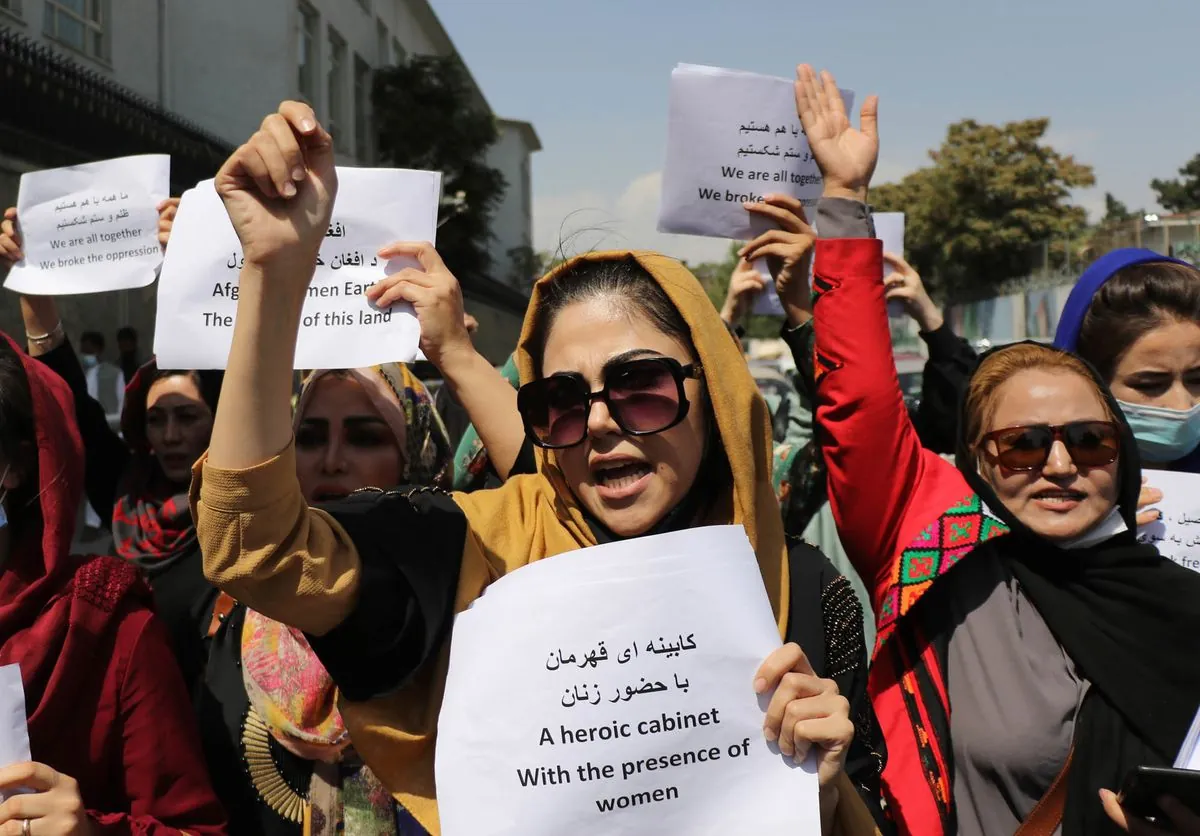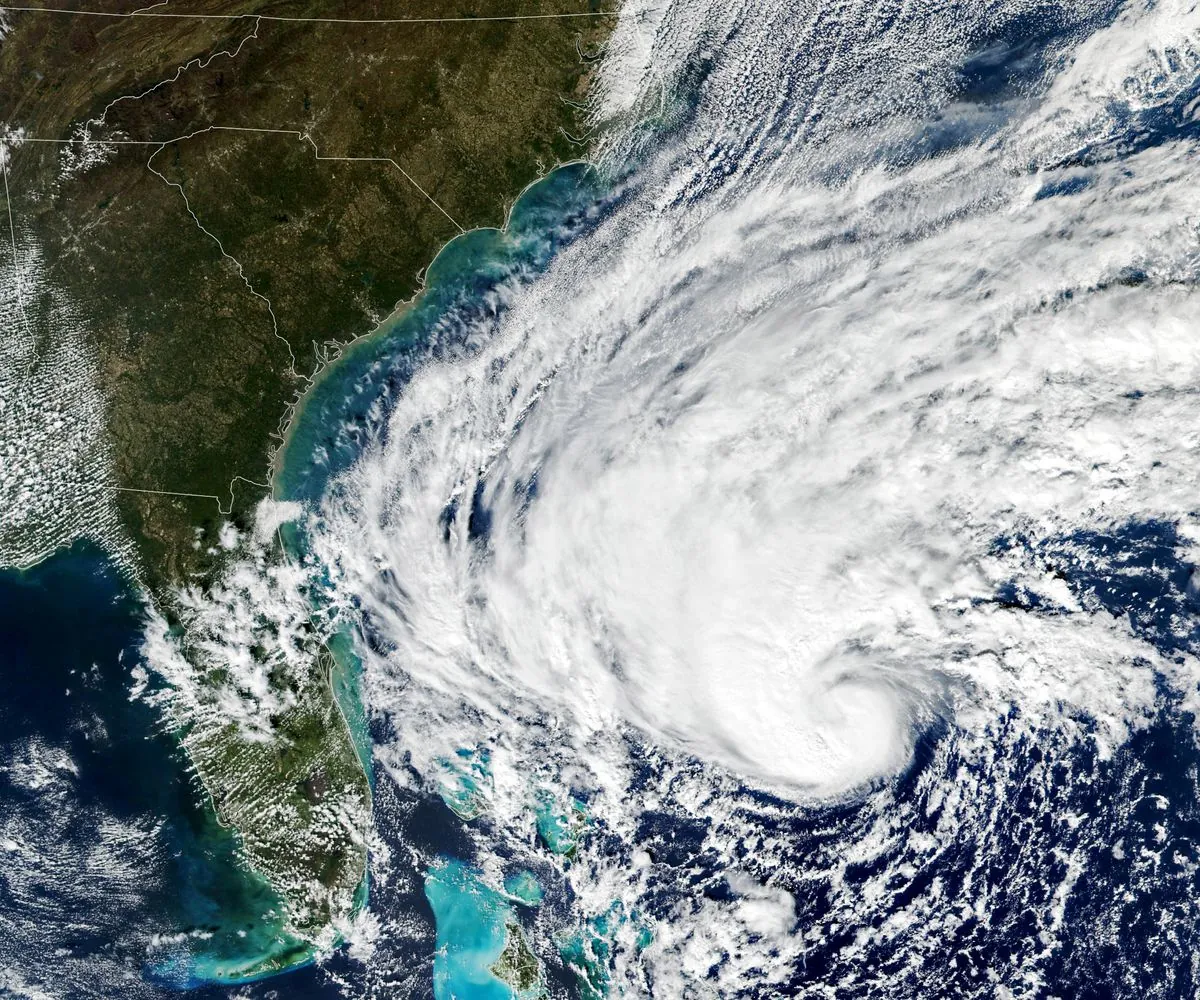Russia and China Conduct Joint Anti-Submarine Drills in Pacific
Russian and Chinese warships engage in joint anti-submarine exercises in the northwestern Pacific. The drills, part of a broader Asia-Pacific patrol, follow September's Beibu/Interaction 2024 naval exercises.

In a display of growing maritime cooperation, Russian and Chinese naval forces have recently conducted joint anti-submarine exercises in the northwestern Pacific Ocean. These drills, part of a broader patrol mission in the Asia-Pacific region, underscore the increasing military collaboration between the two nations.
The exercises, reported on October 8, 2024, follow the Beibu/Interaction 2024 naval exercises held in September. This series of joint operations highlights the ongoing efforts to enhance interoperability between the Russian and Chinese navies, a trend that has been developing since the early 2000s.
During the anti-submarine drills, warships from both nations practiced tactical maneuvers, forming specific formations to optimize their defensive capabilities. These exercises typically involve complex sonar operations and strategic movements designed to detect, track, and potentially neutralize enemy submarines.
The Russian Pacific Fleet, established in 1731 and headquartered in Vladivostok, contributed two Udaloy-class destroyers to the exercises: the Admiral Panteleyev and Admiral Tributs. These vessels, commissioned in 1991 and 1985 respectively, represent significant anti-submarine warfare capabilities within the Russian navy.
China's participation included a formidable array of modern warships. The destroyers Xining and Wuxi, both Type 052D vessels launched in the mid-2010s, were joined by the frigate Linyi, a Type 054A ship commissioned in 2013. Supporting these combat vessels was the integrated supply ship Taihu, a Type 903 replenishment vessel crucial for sustaining extended naval operations.

The joint patrols and exercises in the Asia-Pacific region serve multiple strategic purposes. They demonstrate the ability of Russian and Chinese forces to operate together effectively, project power in the region, and potentially gather intelligence. This increased naval activity comes at a time of heightened geopolitical tensions in the area.
Anti-submarine warfare is a critical component of modern naval operations. The northwestern Pacific Ocean, part of the world's largest ocean covering approximately 63 million square miles, provides an ideal training ground for such exercises. The vast expanse and varied underwater topography of the Pacific create challenging conditions that test the skills and equipment of participating forces.
While the exact timeline of these exercises was not disclosed, they are part of a planned series of training sessions and combat drills. These activities aim to improve various aspects of naval operations, including rescue at sea scenarios, further enhancing the readiness and coordination between the Russian and Chinese navies.
The ongoing collaboration between the Russian Pacific Fleet and the Chinese People's Liberation Army Navy, founded in 1950, reflects a broader trend of increased military cooperation between the two countries. As both nations continue to modernize and expand their naval capabilities, such joint exercises are likely to become more frequent and complex.
These naval activities in the Pacific have significant implications for the regional balance of power and are closely watched by other nations in the Asia-Pacific region and beyond. As geopolitical dynamics continue to evolve, the strengthening ties between Russian and Chinese naval forces may play an increasingly important role in shaping the maritime security landscape of the Asia-Pacific region.


































